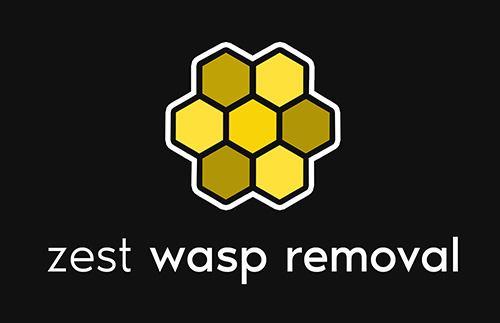Being allergic to wasp stings can be a serious and potentially life-threatening condition.
It is crucial for individuals with this allergy to be prepared and know what steps to take in case of a wasp sting. This article will provide a comprehensive guide on what to do if you are allergic to wasp stings, ensuring your safety and well-being.
Identify the Symptoms
Knowing the signs of an allergic reaction to a wasp sting is essential for prompt action. Common symptoms include:
a. Intense itching or hives at the sting site.
b. Swelling that extends beyond the sting area.
c. Difficulty breathing, wheezing, or chest tightness.
d. Dizziness, lightheadedness, or fainting.
e. Nausea, vomiting, or diarrhea.
Seek Immediate Medical Assistance
If you experience severe symptoms or have a known allergy to wasp stings, seek immediate medical help. Call emergency services or visit the nearest emergency room. Do not hesitate, as anaphylactic reactions can escalate rapidly.
Administer Epinephrine
If you have been prescribed an epinephrine auto-injector (such as an EpiPen), use it immediately after a wasp sting. Epinephrine helps counteract severe allergic reactions by constricting blood vessels and relaxing airway muscles. So familiarize yourself with the proper usage and always keep your epinephrine with you.
Remove the Stinger
You should quickly remove the wasp’s stinger if it’s still embedded in your skin. Use a scraping motion with a flat, firm object like a credit card or your fingernail, but avoid squeezing or pinching the stinger, as it may release more venom.
Apply Cold Compress
Reduce swelling and alleviate pain by applying a cold compress or ice pack to the affected area. Wrap the compress in a thin cloth to protect your skin and avoid direct contact, as extreme cold can cause tissue damage.
Take Antihistamines
You can buy over-the-counter antihistamines, such as diphenhydramine (Benadryl), which helps relieve the itching and reduce allergic reactions. Follow the recommended dosage instructions and consult a healthcare professional if necessary.
Avoid Scratching
Although itching can be intense, avoid scratching the sting area to prevent further irritation or potential infection. Instead, apply a soothing, over-the-counter hydrocortisone cream or take a lukewarm bath with colloidal oatmeal to calm the skin.
Stay Vigilant and Prepare
Since prevention is the best defence, be cautious when outdoors, especially in areas with a high presence of wasps.
Wear protective clothing, such as long sleeves, pants, and closed-toe shoes, and consider using insect repellents. Be aware of your surroundings and avoid provoking wasps.
Educate Others
Inform your family, friends, and close contacts about your wasp sting allergy. Teach them the signs of an allergic reaction and what steps they should take to help you in case of an emergency. It is important to have a support system that is knowledgeable and prepared.
Being allergic to wasp stings necessitates taking action for your safety. Spotting the signs quickly, getting medical help, injecting epinephrine, and doing what you can to ease symptoms are the keys to dealing with an adverse reaction.
By following the precautions above, you can calmly navigate outside spaces while reducing risks related to wasp stings.
—
Looking for wasp nest removal near me? Zest Wasp Removal provides emergency wasp removal services in Glasgow and throughout Central Scotland. Get in touch for immediate assistance.

